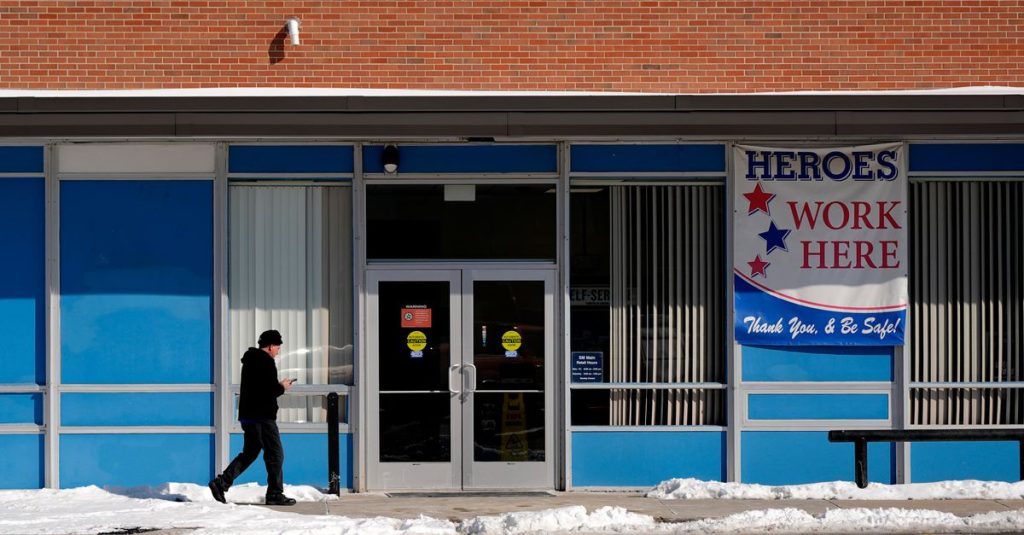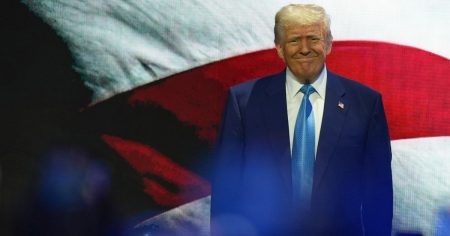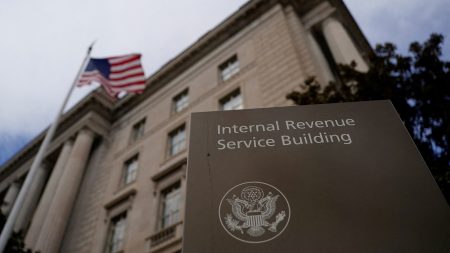President Trump Proposes Executive Takeover of the U.S. Postal Service
President Donald Trump has floated the idea of placing the U.S. Postal Service (USPS) under the control of the Commerce Department, effectively shifting the agency from its current status as an independent entity to a department under the executive branch. This proposal, shared during the swearing-in ceremony of Commerce Secretary Howard Lutnick, is framed as a solution to address the Postal Service’s financial struggles. Trump emphasized the need for a post office that operates efficiently and no longer incurs massive losses, suggesting that this change could help "turn it around" and improve its performance. The proposal has sparked significant discussion about the future of the USPS and its role in American society.
A Brief History of the U.S. Postal Service
The USPS traces its roots back to 1775, when Benjamin Franklin was appointed the first postmaster general by the Second Continental Congress in Philadelphia. Over the centuries, the Postal Service evolved to meet the needs of a growing nation. In 1872, it was established as an executive branch department under Congress. However, its structure changed dramatically in 1970 following an eight-day postal strike over wages and benefits. President Richard Nixon signed the Postal Reorganization Act, which transformed the agency into an independent, self-financing entity tasked with delivering mail and other services without direct taxpayer funding. This reorganization also granted postal workers the right to collective bargaining, a move that helped many Americans, particularly Black and minority workers, secure better-paying jobs and move into the middle class.
Today, the USPS employs approximately 640,000 workers who deliver mail, packages, medicine, and even election ballots to every corner of the country, including rural areas and remote islands. Despite its critical role, the Postal Service has faced significant challenges in recent years, including declining revenues from first-class mail and rising costs associated with retiree benefits. These challenges have led to repeated calls for reform, with some advocating for privatization. However, the USPS remains a vital institution, especially during crises like the COVID-19 pandemic, when postal workers continued to deliver essential goods and services despite significant risks to their health.
The Postal Service’s Governance and Financial Struggles
The USPS is currently governed by a board of up to nine members, appointed by the president and confirmed by the Senate. No more than five members can belong to the same political party, ensuring a degree of bipartisan oversight. The board is responsible for hiring and firing the postmaster general, who serves as the agency’s chief executive. Currently, the board is chaired by Amber F. McReynolds, a former election official from Colorado, with Derek Kan serving as vice chair. However, three seats on the board remain vacant, as the Senate has not yet voted on President Joe Biden’s nominees to fill them.
Financially, the USPS operates largely on revenue generated from its services, with its annual budget of $78.5 billion coming primarily from customer fees. Congress provides a small annual appropriation, approximately $50 million in fiscal year 2023, to support free and reduced-cost mail services. Despite this, the Postal Service has struggled to stay afloat. Between 2007 and 2020, it accumulated $87 billion in losses, driven by declining first-class mail volumes and the high costs of retiree benefits. In response, Postmaster General Louis DeJoy, appointed in 2020, unveiled a 10-year turnaround plan aimed at modernizing operations and stemming financial losses. However, critics argue that cost-cutting measures, such as consolidating facilities and reducing service standards, have already slowed mail delivery and could disproportionately harm rural communities.
President Trump’s View of the USPS
President Trump has been an outspoken critic of the USPS since taking office. In 2020, he threatened to withhold COVID-19 relief funding from the agency unless it significantly increased package delivery rates for large customers like Amazon. Trump’s criticism of the USPS appears to be linked, at least in part, to his well-documented feud with Amazon founder Jeff Bezos, who also owns The Washington Post, a newspaper whose coverage has often been critical of the president.
More recently, Trump has floated the idea of privatizing the Postal Service, citing competition from private companies like Amazon, UPS, and FedEx. While the idea of privatization is not new, it has been met with resistance from lawmakers, unions, and advocacy groups who argue that the USPS plays a critical role in ensuring universal mail service at affordable rates. Critics also warn that privatization could lead to higher costs for consumers, particularly in rural and underserved areas where private companies may find it unprofitable to operate.
The Future of the USPS
The proposal to place the USPS under the Commerce Department represents a significant shift in how the agency has operated for the past 50 years. While Trump and his allies argue that this change could help stabilize the Postal Service’s finances and improve its efficiency, others fear it could undermine the agency’s independence and lead to privatization. The USPS has long been a symbol of American infrastructure and connectivity, delivering mail and packages to millions of Americans every day. As the country debates the future of the Postal Service, one thing is clear: any changes to its structure or operations will have far-reaching implications for communities across the United States.















